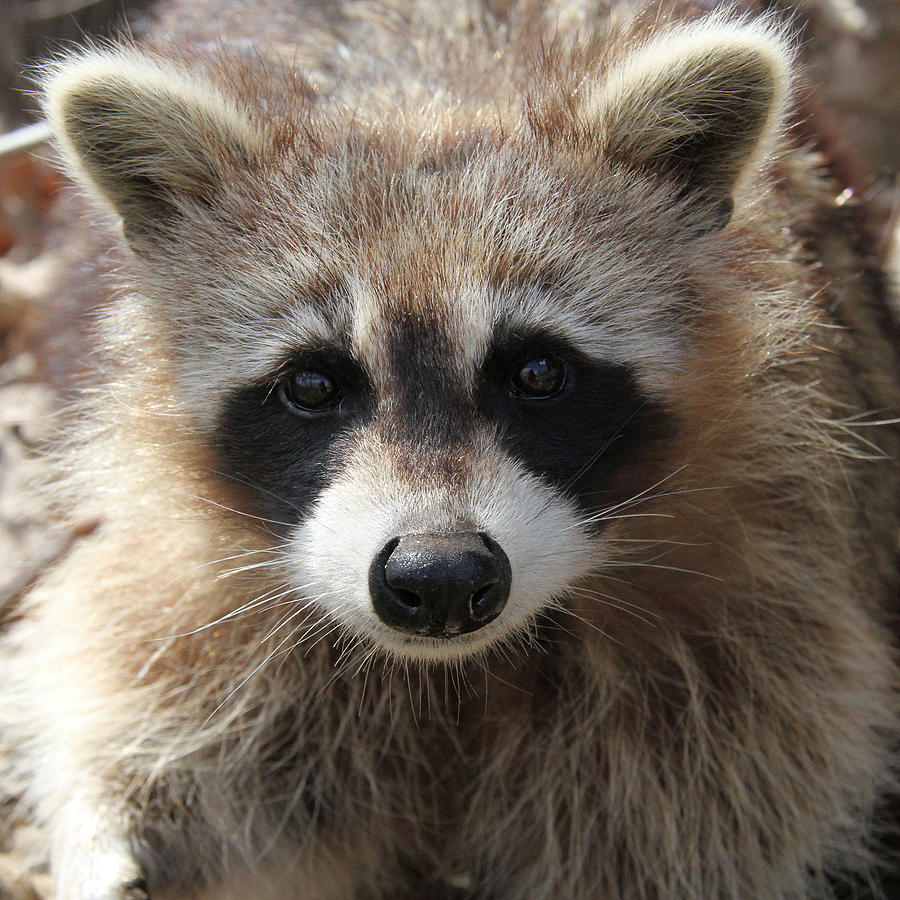
Introduction
Raccoons are fascinating creatures that are often found in urban and suburban areas. They are known for their distinct appearance, with their black mask-like markings around their eyes and their ringed tail. In this article, we will take a closer look at raccoons and learn more about their behavior, habitat, diet, and other interesting facts.

Appearance and Physical Characteristics
Raccoons are medium-sized mammals with a stocky build. Adult raccoons typically weigh around 15 to 40 pounds and measure about 2 to 3 feet in length, excluding their tail. Their fur is dense and varies in color from gray to brown, with lighter shades on their underparts. One of the most distinctive features of a raccoon is its black mask-like markings around its eyes, which help reduce glare and enhance its night vision.
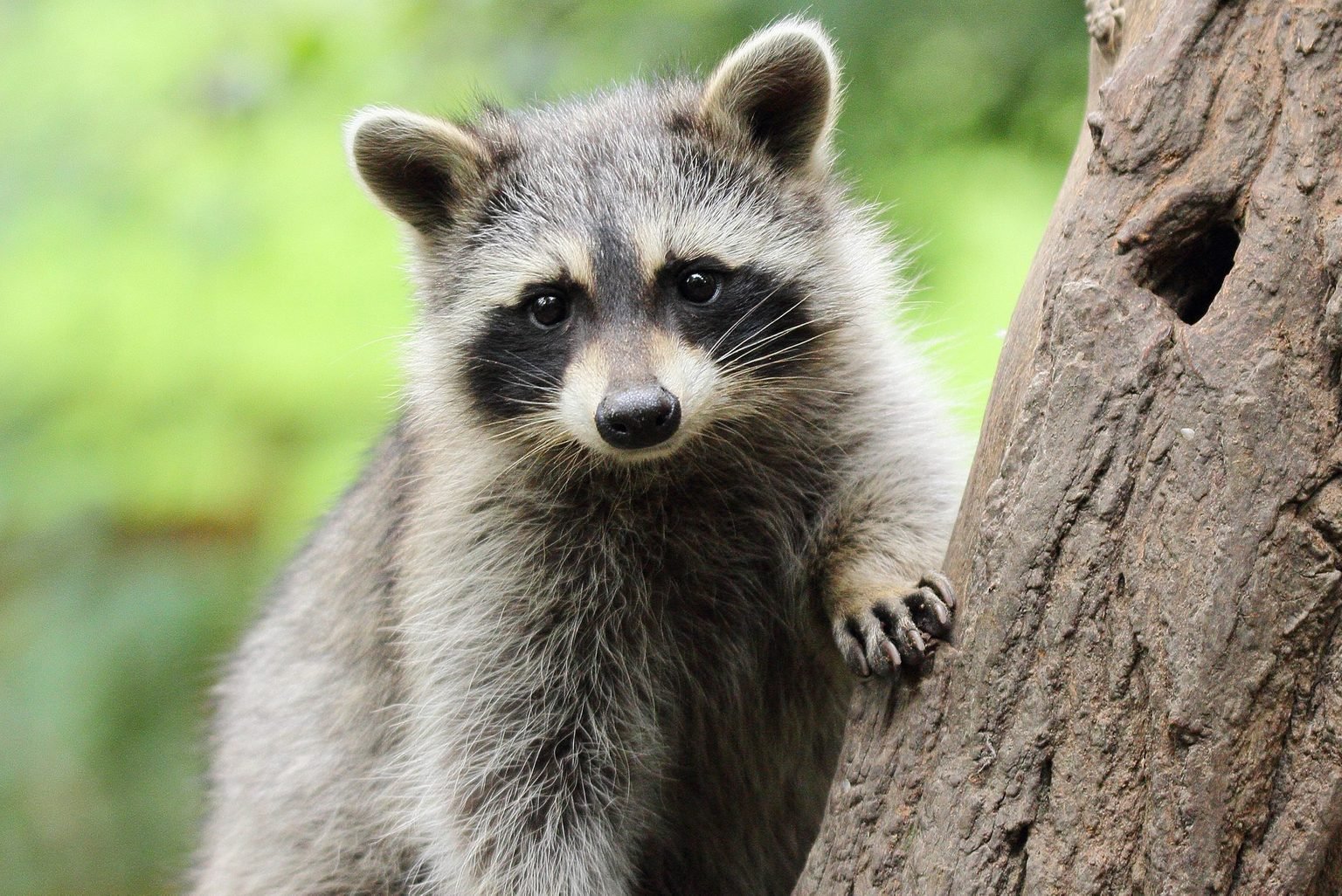
Habitat and Distribution
Raccoons are highly adaptable animals and can be found in a variety of habitats, including forests, marshes, prairies, and even urban areas. They are native to North America but have also been introduced to other parts of the world. Raccoons prefer areas close to water, such as rivers, streams, and ponds, as they are excellent swimmers and forage for food in aquatic environments.
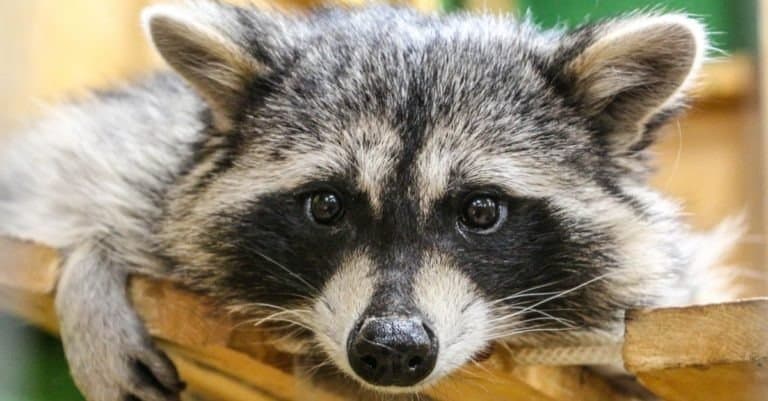
Behavior and Social Structure
Raccoons are primarily nocturnal animals, which means they are most active during the night. They have excellent night vision and a keen sense of touch, thanks to their sensitive paws. Raccoons are solitary animals, but they are not entirely antisocial. They often form loose social groups, especially during the mating season or when food sources are abundant.
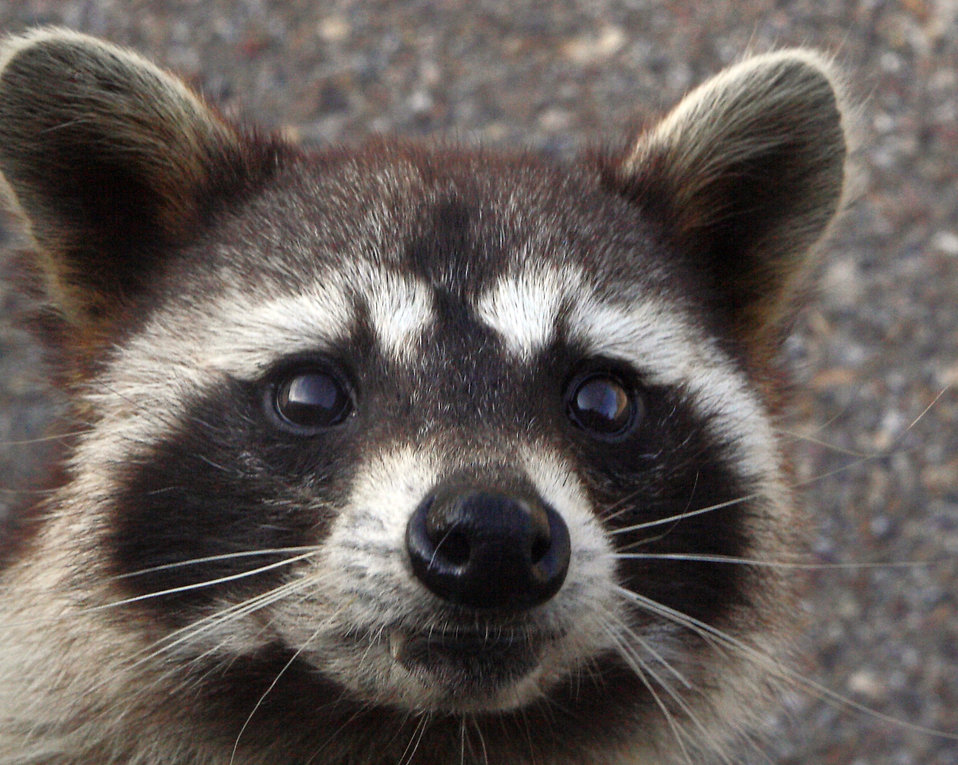
Diet and Feeding Habits
Raccoons are opportunistic omnivores, which means they eat both plants and animals. Their diet varies depending on the season and availability of food. In the wild, raccoons feed on a wide range of items, including fruits, nuts, insects, small mammals, amphibians, birds, eggs, and even carrion. They are also known for their dexterity and can use their paws to manipulate objects and open containers.
:max_bytes(150000):strip_icc()/GettyImages-135630198-5ba7d225c9e77c0050cff91b.jpg)
Reproduction and Life Cycle
Raccoons have a breeding season that typically occurs in late winter or early spring. Females give birth to a litter of 2 to 5 kits after a gestation period of about 63 days. The kits are born blind and helpless, and their eyes open after about three weeks. They rely on their mother for food and protection until they are independent enough to venture out on their own, which usually happens around 8 to 12 weeks of age.

Interactions with Humans
Raccoons have adapted well to human environments and can often be found in urban and suburban areas, rummaging through garbage cans or taking up residence in attics or chimneys. While they may be considered a nuisance by some, raccoons play an important role in ecosystems by controlling populations of certain pests. It is important to take measures to prevent conflicts between raccoons and humans, such as securing garbage cans and sealing potential entry points into buildings.
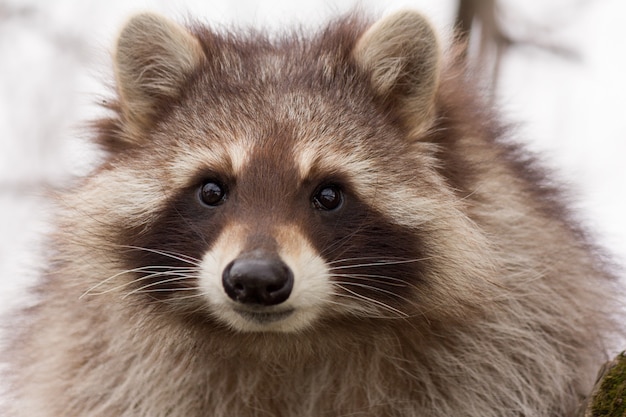
Conservation Status
Raccoons are not currently listed as a threatened or endangered species. Their ability to adapt to different habitats and their opportunistic feeding habits have contributed to their widespread distribution. However, habitat loss, vehicle collisions, and disease outbreaks can pose threats to raccoon populations. It is important to maintain a balance between human development and preserving natural habitats to ensure the long-term survival of raccoons and other wildlife.
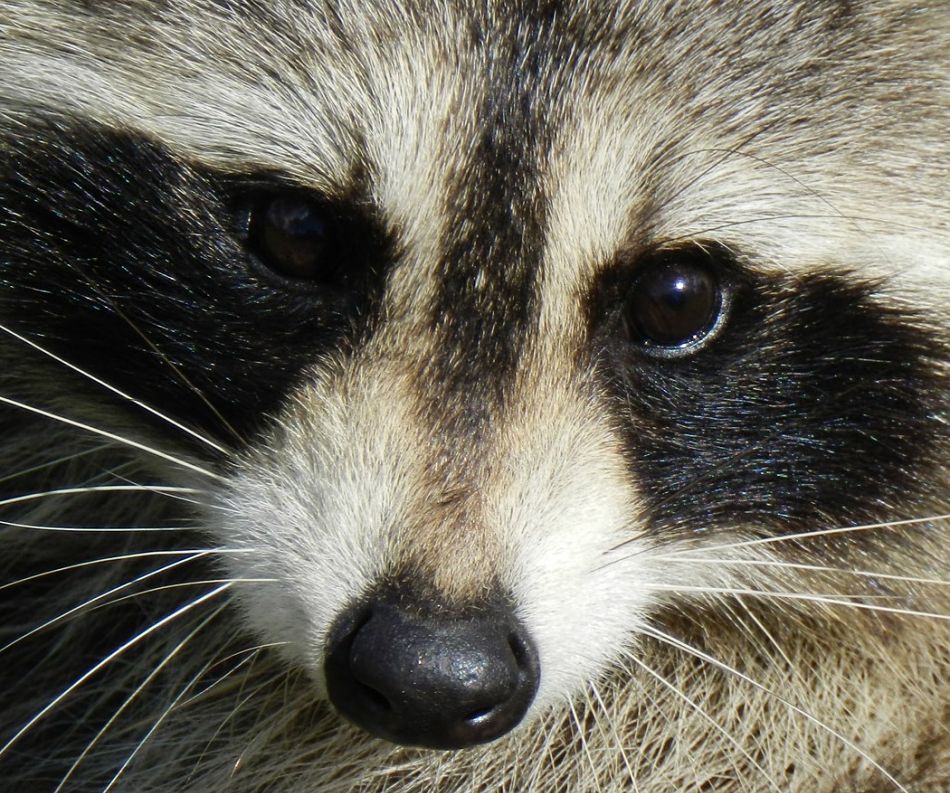
Conclusion
Raccoons are fascinating creatures that have successfully adapted to living in close proximity to humans. Their distinctive appearance, adaptable behavior, and omnivorous diet make them highly versatile animals. By understanding more about raccoons and their unique characteristics, we can foster a greater appreciation for the wildlife that shares our urban and suburban environments.